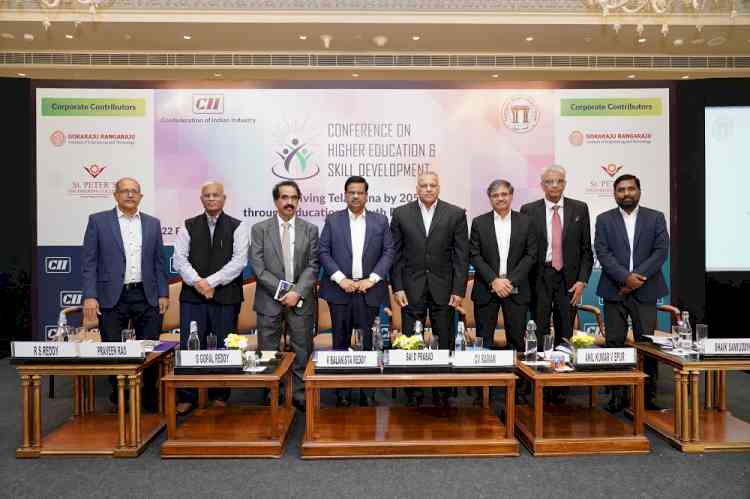AMIDST COVID-19 OUTBREAK, PUNE RESIDENTIAL MARKET DEMAND SURGED TO 5.2% GROWTH IN Q1 2020
amidst covid-19 outbreak pune residential market demand surged to 5.2pc growth in q1 2020 reveals magicbrickspropindex

Noida: At the outset of the COVID-19, Pune’s residential prices witnessed a YOY increase of 5.2% in the first quarter of 2020, fuelled by a rising demand for mid and affordable housing segment from a growing working population revealed the latest edition of Magicbricks’ Prop Index (Q1, 2020).
While the global outbreak of COVID0-19 and the ensuing lockdown did impact India’s real estate, Pune’s strong growth in the residential housing is a considerable leap from the 0.2% growth in Q4 2019. This sudden spike in demand in the city was accompanied with price growth mostly concentrated along the NH 48 Bypass, in prominent localities including Wakad, Baner, Ravet, Punawale, Balewadi, and Kothrud witnessing major price increments.
In both the Under Construction (UC) and Ready-to-Move (RM), prices remained stable except for the Rs.7,500-10,000 per sq ft category, where under-construction properties grew 2% QoQ. The under-construction segment also witnessed a minor rise in prices for the below Rs. 5000 segment. On the other hand, the Ready-to-Move space saw a rise only in the INR 10,000 per sq ft plus bracket.
While Pune’s residential market growth at large can always be attributed to strong commercial development driven by the burgeoning IT-ITES industry, the city is expected to grow with the State government's attempt to reduce stamp duty from the existing 6% to 5% for properties below the price range of Rs. 20 lacs. Additionally, the announcement of two new metro routes along with the extension of existing metro lines to Wagholi and Katraj areas coupled with a 170 Km long, planned Pune Ring Road in the long run are further bolstering sentiment and proving to be game changers for the city’s residential housing space.
Commenting on the PropIndex, Sudhir Pai, CEO, Magicbricks, said, “The Government is taking stringent measures to contain the Covid-19 outbreak, but the long-term impact on property market is uncertain, and yet to be assessed. But it seems that the consumer interest has not tapered off. There is a pent-up demand for ready-to-move in properties as our data suggests that the 80% of searches are happening in this segment and the rest for under-construction.”
Owing to prominence of old and new office clusters and their status as IT/ITeS hubs, Airport Road, Hadapsar, Baner and Wakad were the micro-markets that witnessed high consumer activities. Houses priced below INR 7500 per sq ft saw more than 75% of the searches while demand for houses in the bracket of INR 7,500-10,000 per sq ft price range seemed to remain well catered, with negligible demand supply gap.
According to Magicbricks’ PropIndex, the surge in Pune’s residential space was primarily being driven by three critical factors:
• Residential housing market witnessed a strong positive demand, owing to an increase in search for mid and affordable housing by the working population
• Promises of better connectivity in the near future with the announcement of two new metro routes along with the extension of existing metro lines to Wagholi and Katraj
• The upcoming 170 Km long, planned Pune Ring Road connecting the norther and eastern outskirts that is expected to change the game in the long run
Nonetheless, it will be interesting and intriguing to see how these factors play out as the market recovers from the outbreak of COVID-19 and the ensuing national lockdown.
As things return to normalcy, Magicbricks Research foresees the next two years to be crucial for the residential segment, as most of the stuck projects are likely to get completed with the help of the Rs. 250 billion bailout fund. At the same time, completion of major metro lines should ease connectivity between peripheral and commercial areas, opening the next phase of growth. At last, it’s imperative for the sector to withstand these testing times and come out more robust and well prepared, once the COVID-19 situation gets better.



 cityairnews
cityairnews 








